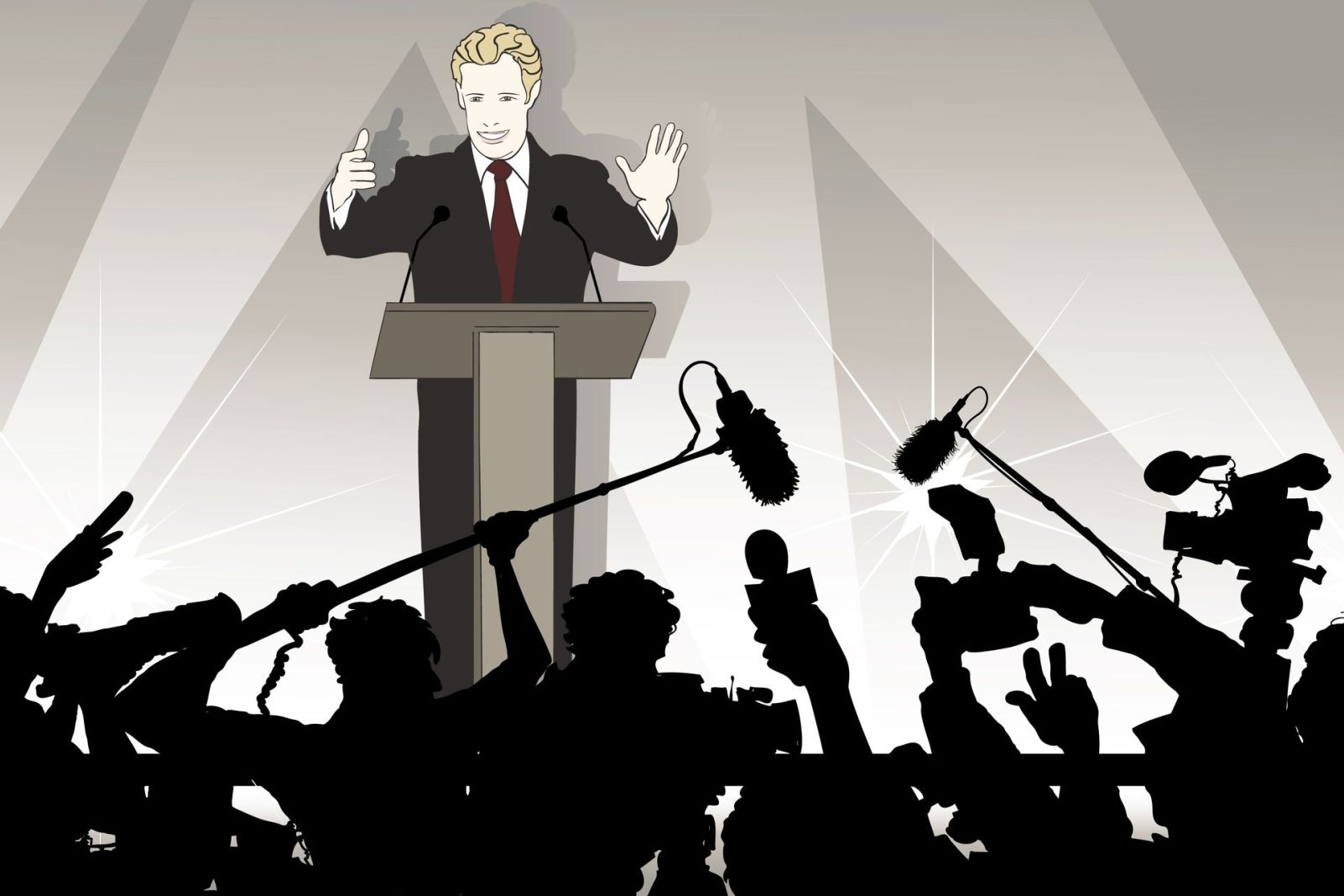
Is the web making traditional press events irrelevant?
The heyday of the PR press event is behind us. A number of factors – on both sides of the equation – have contributed to its decline.
For media, shrinking staff size is usually the main culprit. Editors just can’t justify assigning a reporter to a press briefing that could easily eat up 3+ hours when most of the information is obtainable via other vehicles.
On the client/agency side, budget constraints are a key factor. It is costly to gather the necessary spokespeople, rent a venue, not to mention the time needed to plan and execute the event. And let’s not forget the food! No matter what they say, media are definitely enticed to attend an event when food is going to be served!
As it has become increasingly difficult to secure press attendees, communications professionals include events less frequently in their strategic communications plans. The subsequent challenge has been finding alternate ways to engage this important audience beyond ongoing pitching methods.
Needless to say, the internet presents numerous opportunities. Webinars, which can be produced at minimal cost, can be used for speakers to inform and educate media, present charts or conduct a demonstration, and even hold a Q&A among ‘attending’ media and the spokespeople. And because the content can be archived, it is readily available to media that couldn’t sit in on the live event. We caution clients, however, to only plan webinars for media if there’s information to share beyond what can be conveyed in a press release or a fifteen-minute phone interview. Even an hour is a lot to ask of a journalist who’s on tight deadlines!
But what of social media platforms? They certainly provide great formats for sharing your message directly with your end-users and are cost effective. A great example dates back two years, an eternity in the online world. As Social Media Examiner reported, Cisco had one of its “top five launches in company history” – not to mention saved at least $100,000 in event costs – using online tools exclusively for a product introduction. And in 2008, presidential candidate Obama announced his VP running mate via text. So it’s smart to take a strategic look at such options.
If face-to-face engagement is critical to your message because your influencers – mainly media and bloggers — need to “experience” the brand/product/activity to report on it, there is still a place for the traditional press conference. In this case, it is the responsibility of the media relations specialist to ensure the event is informative and relevant. If you are fortunate enough to get interested media in a room, make the most of it by establishing yourself as a reliable and trustworthy news source. You never want a reporter walking out thinking “THAT WAS A WASTE OF MY TIME!”
The ideal opportunity is to have news that warrants both a press conference and a social media “event” that takes on a life of its own — such as the recent iPhone 5 launch. While there’s only one Apple, communicators can learn from this PR master and apply lessons to their own product launches on a smaller scale.
And, of course, there’s almost always a need for formal press briefings when dealing with crisis communications – but that’s another blog!
So, what do you think? Is the end of the press conference actually a blessing in disguise? Do alternate opportunities enable us to reach our target audiences more directly? Or do they distill the value of the “news” we are communicating because of the seemingly less formal venue?



